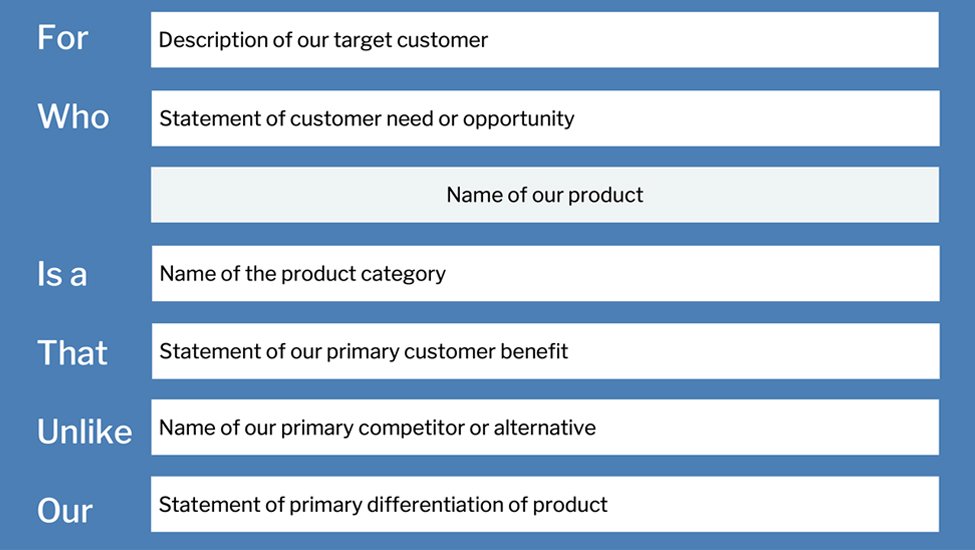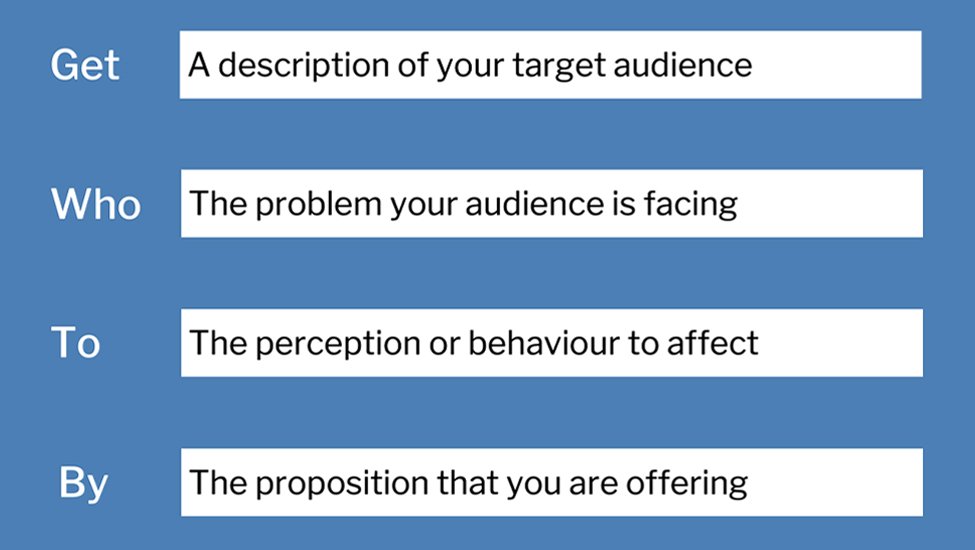
Value Proposition
Articulate why your target customer should choose your offering over alternatives.

The purpose of a Creative Brief is to describe the problem to be solved through a new marketing initiative. It is a critical document used in briefing meetings and throughout creative development to ensure everyone is clear on the objective and nature of the initiative itself. Some creative brief formats are designed to be quite prescriptive while others are much more open. While the format of briefs vary, they all represent the bridge between strategic thinking and marketing execution. The creative brief should be used as a tool to inspire and guide creative development, as well as to provide teams with a lens for providing feedback and evaluating performance.
What is the problem to be solved and the expectations for how we solve it?

Articulate why your target customer should choose your offering over alternatives.

Capture your marketing strategy in a concise way for a marketing brief or briefing.
This is a project from Kickframe – a digital marketing strategy consulting and training company.